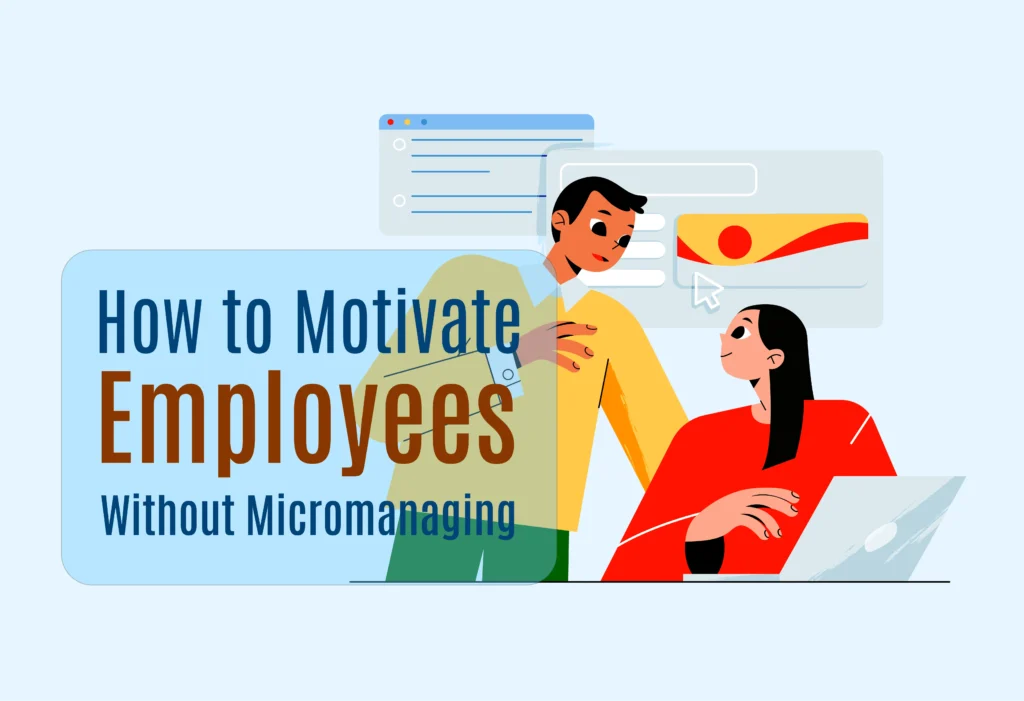Emergency Fund: Why You Need One and How to Build It
In life’s grand theater, the unexpected is the most consistent player. Whether it’s a sudden car repair, an unexpected medical bill, or a job loss, these financial surprises is meticulous budget. An emergency fund is best strategy comes into play. It’s not just a financial buffer but a peace-of-mind provider. Let’s break down what an emergency fund is and spotlight the different types that exist.
What is an Emergency Fund?
An emergency fund is a financial safety net designed to cover unexpected expenses or financial emergencies. It’s essentially a personal insurance policy against life’s unforeseen events. This fund is separate from your regular savings, specifically earmarked for situations that require immediate financial attention, such as sudden medical bills, urgent car repairs, or living expenses during a job transition. The goal is to have a readily accessible source of funds that can help you avoid debt and financial stress. Ideally, an emergency fund should be large enough to cover three to six months’ worth of living expenses, providing a buffer that allows you to navigate through life’s surprises with confidence

Benefits of Emergency Funds
- Stress Reduction: An emergency fund acts like a financial shock absorber, softening the blow of life’s uncertainties. When you’re faced with an unexpected expense, the stress of figuring out how to pay for it can be overwhelming. With an emergency fund, you have the reassurance that you can handle these surprises without adding to your stress levels. This peace of mind is invaluable, allowing you to focus on resolving the situation rather than worrying about the financial impact. Ultimately, this fund serves as a buffer between you and life’s financial curveballs, helping you maintain your mental well-being.
- Debt Avoidance: Without an emergency fund, many people turn to credit cards or loans to cover unexpected costs, which can lead to high-interest debt. An emergency fund provides a better alternative, giving you the means to pay for emergencies outright. This proactive approach prevents debt accumulation, saves you money on interest, and keeps your credit score healthy. By relying on your emergency fund instead of borrowing, you take control of your financial future and avoid the pitfalls of debt traps.
- Financial Security: Having an emergency fund is a cornerstone of a solid financial foundation. It ensures that you’re prepared for life’s financial hiccups and protects your long-term savings goals. With this fund in place, you’re less likely to dip into retirement accounts or other savings when faced with an emergency, preserving your financial progress. This security blanket not only covers immediate needs but also safeguards your future, ensuring that your financial plans remain on track.
- Better Risk Management: Life is full of risks, and an emergency fund helps you manage them without jeopardizing your finances. Whether it’s a medical emergency, urgent home repairs, or sudden unemployment, your emergency fund is there to cover the costs. This financial preparedness allows you to handle risks confidently, knowing that you won’t have to sacrifice your financial stability. It’s a practical tool for managing the unpredictable, ensuring that one emergency doesn’t lead to another.
- Freedom of Choice: When you have an emergency fund, you’re not forced to make decisions based solely on financial necessity. You have the freedom to choose the best solution for your situation, rather than the cheapest or most immediate one. For instance, if your car breaks down, you can opt for a quality repair rather than a temporary fix. This freedom extends to all areas of life, from healthcare choices to career moves, empowering you to make decisions that align with your values and long-term goals.
How to Build an Emergency Fund Successfully
- Start Small: The journey to a robust emergency fund begins with a single step. Start by setting a modest initial goal, such as saving $500. This small target is less daunting and can be achieved relatively quickly, providing a sense of accomplishment and motivation to continue. Begin by evaluating your daily expenses and identifying small amounts that can be redirected into savings. Even saving loose change or a portion of your daily coffee budget can help you reach this initial milestone.
- Automate Your Savings: Automation is the set-it-and-forget-it strategy of personal finance. By setting up automatic transfers from your checking account to your emergency fund, you ensure consistent savings without the need for constant attention. Determine a fixed amount that you can comfortably save each pay period and schedule the transfer for the day after your paycheck arrives. This ensures that saving takes precedence and happens before you’re tempted to spend on non-essentials.
- Cut Unnecessary Expenses: Streamlining your budget is like pruning a tree; it encourages healthier growth. Take a hard look at your monthly subscriptions, dining out habits, and impulse purchases. Identify areas where you can reduce spending without significantly impacting your quality of life. For example, canceling an unused gym membership or cooking at home more often can free up funds for your emergency savings. Remember, small savings can add up to a significant amount over time.
- Increase Your Income: While cutting expenses has its limits, your potential to earn more is boundless. Consider opportunities for overtime at work, or look for a part-time job or freelance work that fits your skill set. Selling items you no longer need or use can also provide a quick boost to your emergency fund. Each extra dollar earned should be funneled directly into your savings to prevent it from being absorbed by day-to-day spending.
Conclusion
Building an emergency fund may seem daunting, but it’s an achievable and essential step toward financial stability. Start today, and you’ll thank yourself tomorrow. Remember, it’s not about the size of the fund but the security it provides. So, take that first step, keep building, and watch your financial resilience grow. You’ve got this!






